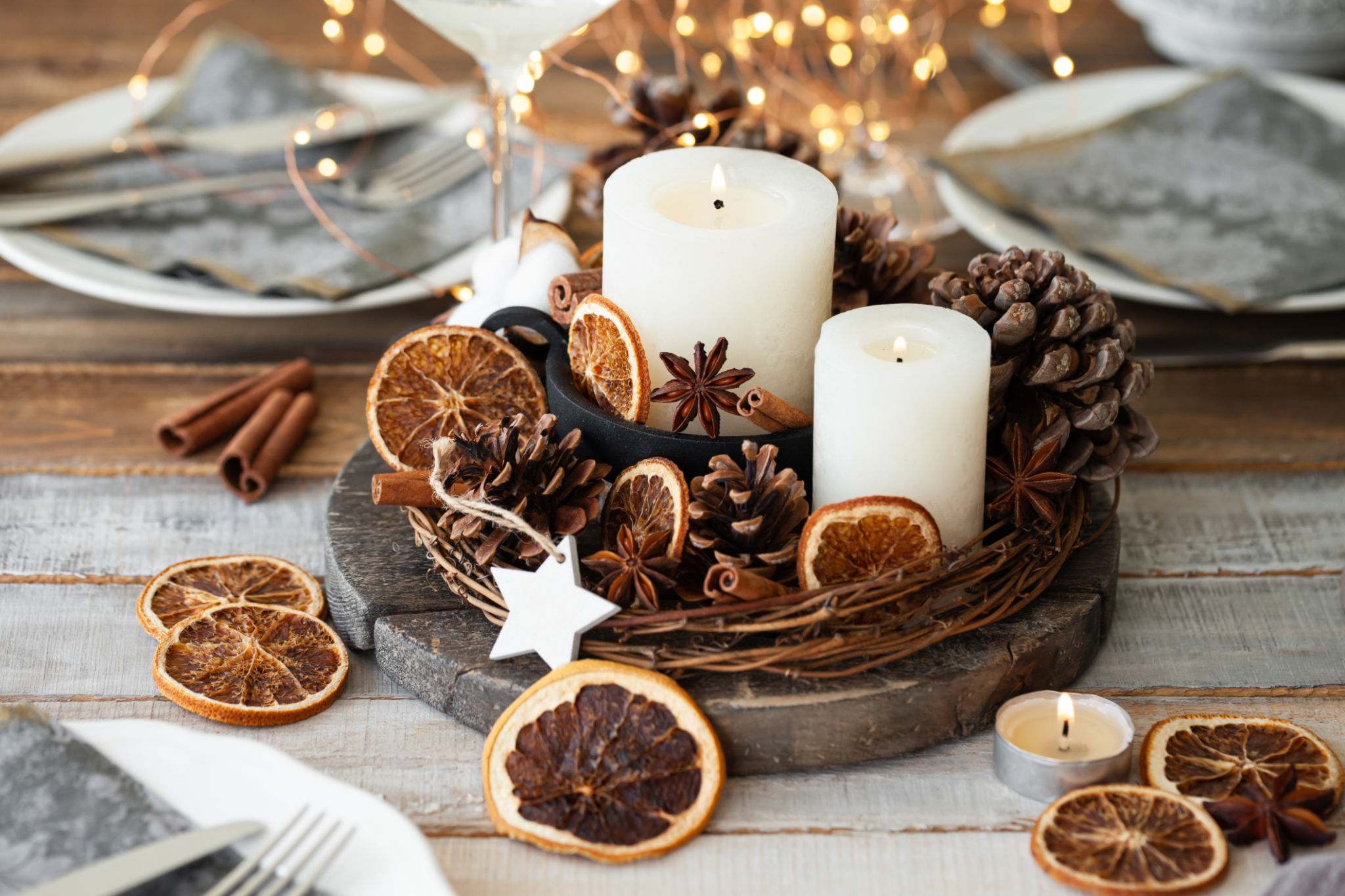Mastering the Art of Table Setting Design: A Comprehensive Guide
Understanding the Basics of Table Setting
Mastering the art of table setting design begins with understanding the basics. At its core, a well-set table creates an inviting atmosphere and enhances the dining experience. Whether you're hosting a formal dinner party or a casual brunch, the foundation of any table setting lies in its organization and attention to detail. Start with a clean, well-ironed tablecloth or placemats, which serve as the canvas for your table design.
Next, consider the placement of dinnerware. The standard setup includes a dinner plate at the center of each place setting, with the salad plate and soup bowl layered on top if necessary. Utensils are placed according to their use, starting from the outside and working inwards. Forks go on the left, while knives and spoons sit on the right. Don't forget to include a water glass above the knife and a wine glass slightly to its right.

Choosing the Right Color Palette
The color palette you choose for your table setting can significantly impact the mood of your event. Consider the occasion and the season when selecting colors. For a spring gathering, soft pastels or vibrant floral patterns can evoke a sense of renewal and freshness. In contrast, deep hues like burgundy or navy can add sophistication to autumn or winter events.
Mixing and matching colors can also create visual interest. Use complementary colors for a harmonious look or contrasting colors for a bold statement. Incorporating metallic accents like gold or silver can elevate your table setting, adding a touch of luxury and elegance to any occasion.

Incorporating Centerpieces and Decorations
Centerpieces are an essential element of table setting design, bringing focus and personality to your table. When choosing a centerpiece, consider both size and scale. A large floral arrangement may suit a grand dining table, while a small, minimalist piece might be more appropriate for an intimate gathering.
Beyond flowers, other decorative elements such as candles, seasonal ornaments, or themed decorations can enhance your table's aesthetic. Ensure that centerpieces do not impede conversation by keeping them at an appropriate height. Balance is key; decorations should complement rather than overpower the overall design.

Table Setting Etiquette and Formality
Understanding etiquette is crucial when creating formal table settings. For formal dinners, every detail counts—from the placement of utensils to the folding of napkins. Napkins should be placed either to the left of the forks or on the plate itself. Bread plates are positioned above the forks with butter knives resting horizontally across them.
For informal settings, feel free to relax some of these rules while maintaining an organized appearance. The goal is to create a welcoming environment that encourages enjoyment and conversation among guests.
Adding Personal Touches to Your Design
Personal touches can transform your table setting from ordinary to extraordinary. Consider incorporating elements that reflect your style or relate to your guests. Customized place cards, for instance, not only guide guests to their seats but also add a personal touch that shows thoughtfulness.
Other personalized elements might include unique napkin rings, hand-written menus, or themed décor items that resonate with your event's purpose. These details can leave a lasting impression on your guests and make your gathering memorable.

Embracing Creativity and Flexibility
Finally, remember that table setting design is an art form that thrives on creativity and flexibility. Don't hesitate to experiment with different styles, textures, and arrangements. Whether you're using heirloom china or modern minimalist pieces, the key is to express your personality and adapt to the needs of your event.
By combining thoughtful design with a keen eye for detail, you can master the art of table setting and create stunning tablescapes that captivate your guests and elevate your dining experiences.